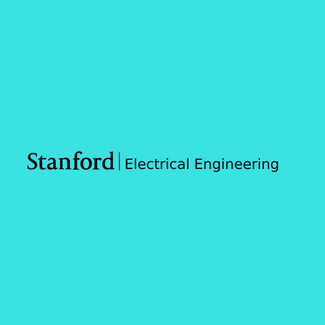
High-Q Integrated Photonics
Spilker 232
ABSTRACT: High-Q microresonators in the form of rings or disks provide access to nonlinear optical phenomena at milli-Watt power levels. And the resulting device functions, now in miniature form, are paving the way to compact (and even fully integrated) optical systems for sensing, metrology, spectroscopy, microwave generation, time keeping, and data transmission. Once discrete and reliant upon specialized processing techniques for optical loss reduction, high-Q microresonators are today planar, capable of integration, and in some cases fabricated on CMOS foundry lines. After a brief overview of their history and early nonlinear optical demonstrations, I will focus on the subject of frequency microcombs with an overview of system demonstrations as well as the recent integration of microcombs with pump laser diodes. Finally, I describe progress towards a heterogeneously-integrated, high-performance microwave signal source based upon optical frequency division. In the chip-based system, a microcomb is combined with two, ultra-narrow linewidth semiconductor lasers to transfer frequency stability from a compact optical reference cavity into an electrical microwave signal. The performance of all sub systems will be reviewed and the status of the overall system performance is provided.
BIOGRAPHY: Kerry Vahala is Professor of Applied Physics at Caltech and holds the Jenkins Chair in Information Science and Technology. His research on chip-based high-Q optical resonators and related nonlinear optical devices has advanced miniature frequency and time systems, microwave sources, parametric oscillators, astrocombs and gyroscopes. Vahala also made early contributions to the subject of cavity optomechanics and demonstrations of chip-based devices to cavity QED phenomena. A member of the National Academy of Engineering and Fellow of the IEEE and Optica, he received the IEEE Sarnoff Medal for research on quantum-well laser dynamics, the Alexander von Humboldt award and MPQ Distinguished Scholar Award for work on ultra-high-Q optical microcavities, a NASA achievement award for application of microcombs to exoplanet detection, and the Optica Forman Team Engineering Excellence Award for a 2-photon optical clock. Vahala is the Executive Officer of the Department of Applied Physics and Materials Science at Caltech.
This seminar is sponsored by the Department of Applied Physics and the Ginzton Laboratory